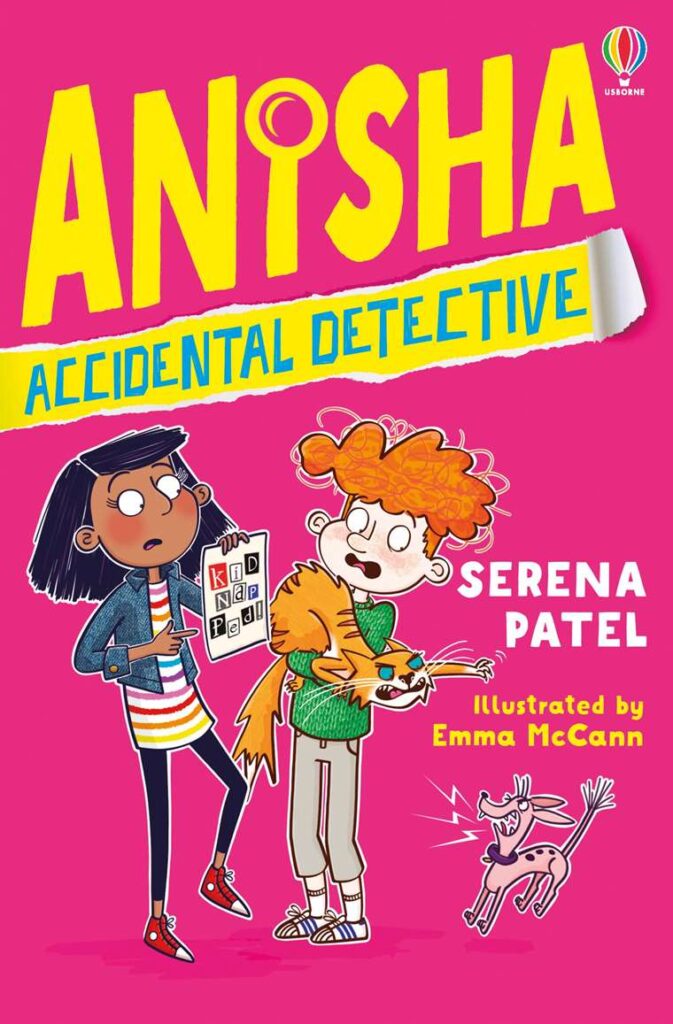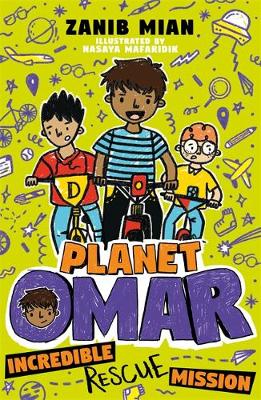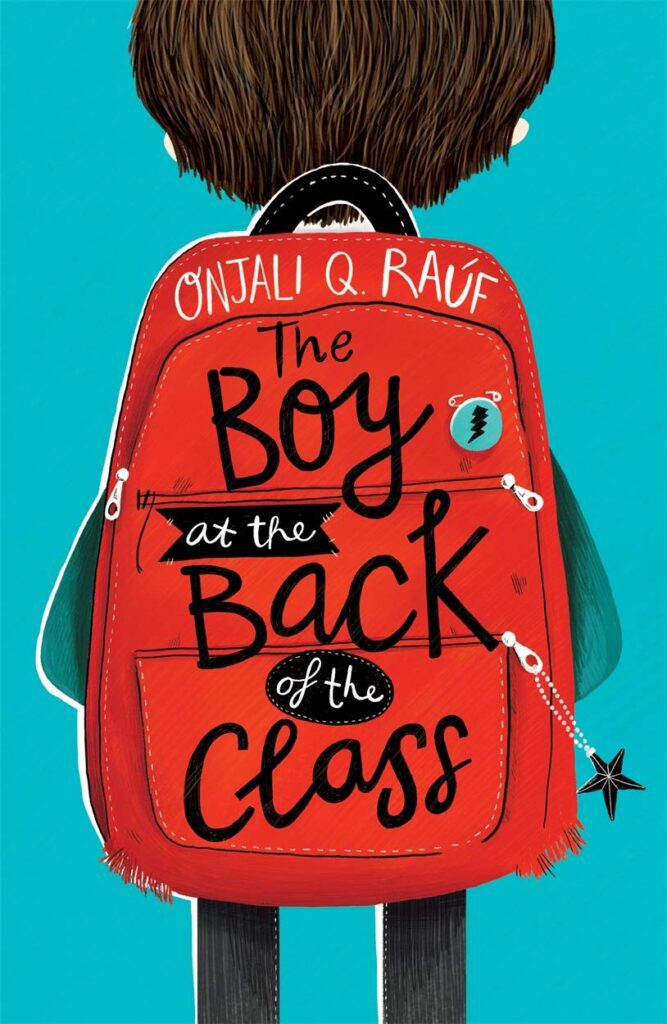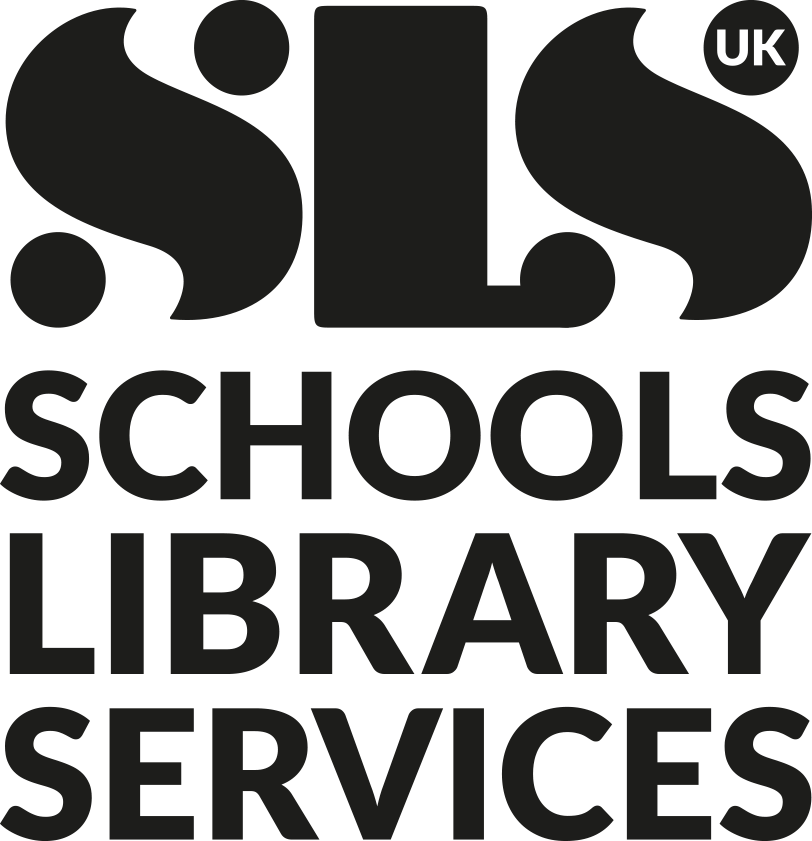Subject: Reading for Pleasure
Age Group: KS2
Synopsis: As part of helping children read for pleasure, you need to consider what books are on your classroom shelf? What cultures are reflected? Who wrote them? Are they always set in the past, or are there some contemporary novels? Do you have any titles that have been translated from another language? Here are some reading ideas by Gillian Harris from SLS Tower Hamlets about books to use in classroom story time and discussions so that mirror more of your children’s cultural experience.

Gillian Harris, MBE
Tower Hamlets SLS
Librarian’s view:
Children from ethnic minorities in our schools are in danger of going through school life never being able to identify with characters in the literature they read. Great stories are a window into other worlds and help us all understand the cultures different to our own, but if we want children to love reading, and we know that reading for pleasure opens many doors for children and adults alike, a starting point must be for them to see themselves and their own cultures in books. Why? As a young child reading about characters from your own background, being able to recognise homes, families, situations gives a sense of self-esteem and confidence, stimulates the emotions and develops a feeling of well-being – a springboard from which to go on and explore other writing.
The winner of the 2019 Carnegie Medal, Elizabeth Acevedo, said in her acceptance speech that she wrote The Poet X, a book for teenagers, because she wanted the students in her classes to see themselves in a book, an experience she herself never had. Not only was this her experience in New York in the 1980s, and that of her students in the 2010s, it is very likely to be the experience of many Black and Asian children in our schools today.
It can be as simple as the joy of recognising one’s own family humour in a novel (Anisha Accidental Detective), it can be about cultural clashes as children from different backgrounds grow up in British cities (Planet Omar), and it can be as deep as reading about being new in school (The Boy at the Back of the Class), being bullied (The Unforgotten Coat) or the journey of a refugee (Mustafa’s Jumper) that mirrors in part the child’s own experience. This will help to nurture a sense of not being alone and may help give children the confidence to speak out.
British novelist Penelope Lively, who lived in Egypt as a child, said: “If I want to learn about a culture or a country, I go to its novelists. This widening of the cultural horizon is essential for children as much as adults. Good writing is accessible beyond its provenance – it reaches across cultural borders but it also carries the special flavour of its origins.”
There is a debate to be had about whether someone from one culture can write authentically about another culture. I would not want to detract from excellent authors such as Elizabeth Laird and Mary Hoffman who draw on their own experiences as well as their excellent research to write award-winning fiction. But in addition, your classroom collection can hold books by overseas writers and writers from many different cultural backgrounds.
Don’t forget that exploring classmates’ cultures through story is an excellent learning for the rest of the class.
If there is a multicultural teaching staff in your school start a debate by asking your colleagues which book would they choose to represent their cultural identity and why? Is cultural identity different from national identity? What do we want to achieve by using books from a variety of cultures and traditions?
Supporting Resources

Anisha, Accidental Detective
by Serena Patel
Anisha is all set to be a (reluctant) bridesmaid at Aunty Bindi’s wedding…until a secret ransom note arrives. Bindi’s groom has been kidnapped and will only be released IF THE WEDDING IS CALLED OFF! With best friend Milo, mischievous Granny Jas, a runaway lobster, a kitten-loving giant, and some super skills of logic and observation, it’s up to Anisha Mistry to find her uncle, before the big family wedding of the year becomes a big disaster.
Read about how Serena Patel’s family inspired her writing
Send her a tweet: @SerenaKPAtel

Planet Omar: Incredible Rescue Mission
by Zanib Mian
Great for fans of Tom Gates or The Wimpy Kid, this book, the third in the series, offers insight into the life of a Muslim family in a light-hearted and funny way. Omar’s favourite teacher goes missing and the class gets a grumpy new teacher in her place. Omar is convinced Mrs Hutchinson has been abducted by aliens and needs to be rescued.

Tomorrow
by Nadine Kaadan
A story for younger children about a boy in Syria who wishes he could go outside and play, but can’t because of the war. Has some resonance for children unable to go out because of Covid-19.
Watch Nadine Kaadan read aloud
Find out more about the author
Read her tweets @nadinekaadan

Boy at the Back of the Class
by Onjali Rauf
The children in the class are very curious about the new boy, Ahmet, sitting at the back of the class. They are determined to make friends with him and help him settle in. By doing so they learn a lot about themselves and about Syria and why Ahmet is now in their class.
Read about the book and the author
Watch Onjali read from chapter one
Watch Onjali’s talk (for adults) about how she came to write this book
Other titles with stories from Syria are No Ballet Shoes in Syria by Catherine Bruton and A House without Walls by Elizabeth Laird

